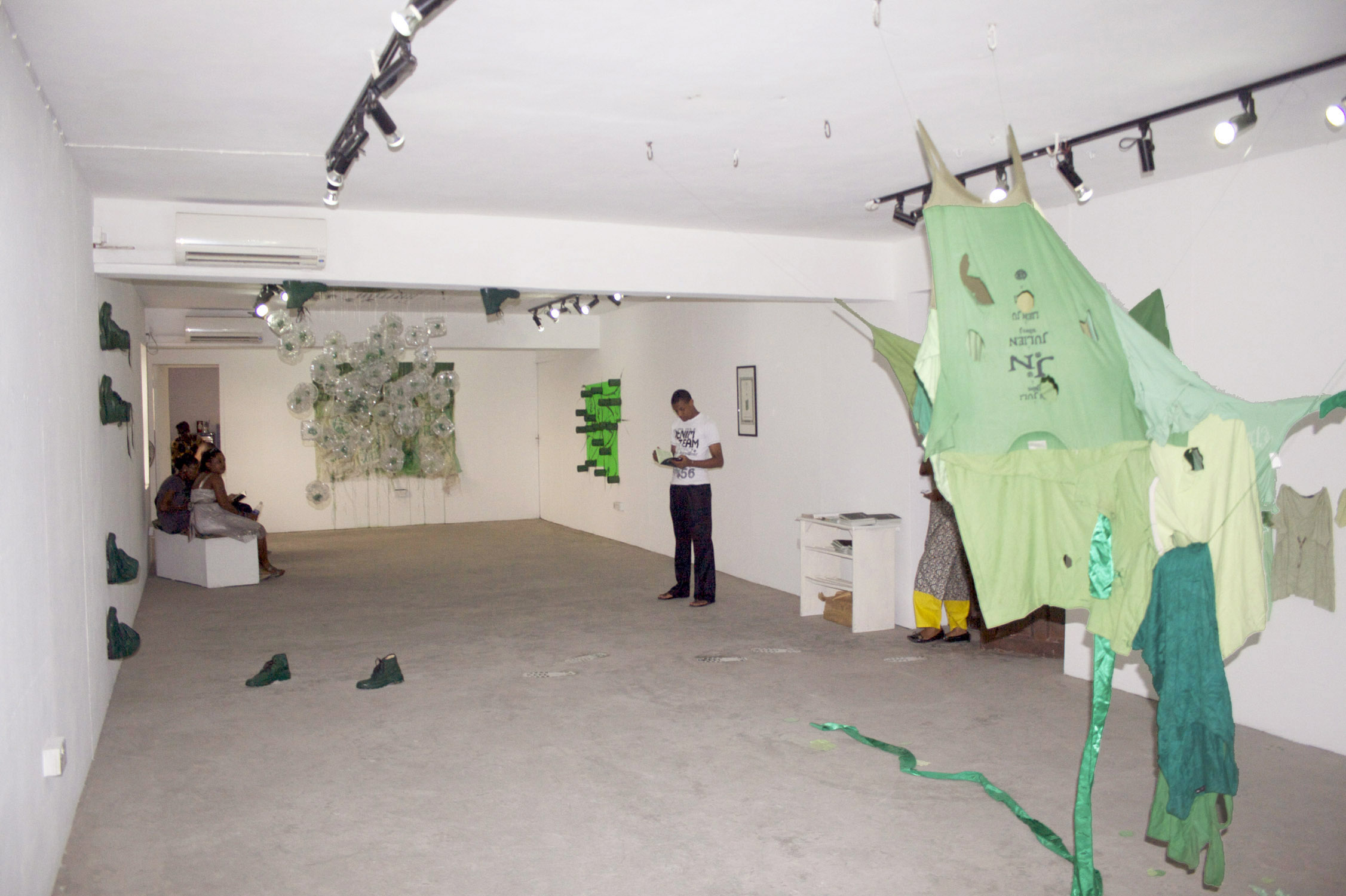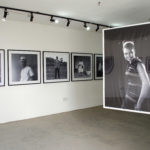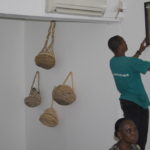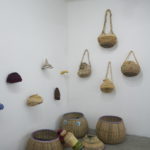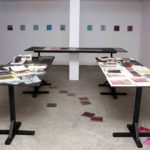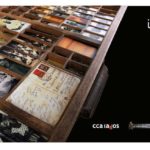Exhibition by: Emeka Ogboh, Ndidi, Dike, Jude Anogwih, Jelili Atiku, Taiye Idahor, Uchay Joel Chima, Victoria, Udondian, Richardson Ovbiebo and Karo Akpokiere.
In celebration of the Centre for Contemporary Art, Lagos’ 3 year anniversary, artists who have engaged with the centre over the last three years have been invited back to interpret their experience with CCA, Lagos around the theme of Independence. Artists were given the use of the gallery space as a studio from 3rd – 17th December to develop and present a body of work, with one restriction, the work produced must be Green..
A Retrospect around the Theme of Independence
2010 has been an important year in many African countries as they celebrated their 50th year of independence. This year the CCA Lagos’ celebrates its third year. In deciding how to mark this milestone we looked to our past exhibitions for inspiration as to how to mark our third year whilst also acknowledging Nigeria’s independence. Our priority was to celebrate our anniversary in such a way that reflected the CCA’s focus on contemporary art and radical but intellectual approaches to presenting such art. We also wanted a theme that represented our situational context,
Nigeria at 50‐our independence. Therefore our challenge was how do we summarise all that we have done, our curatorial practices and our independence? Upon much thought and reflection we decided it would only be fitting to work with artists that had a strong relationship with the CCA.
It was clear that it would have to involve artists that we had worked with in the past, artists with diverse practices in various media. In regards to the theme and curatorial framework, we decided on independence and the title ‘The Green Summary’ This exhibition is a retrospective of sorts that challenges the artists to present their relationship with the CCA through the notion of independence. We chose this framework because this past year the CCA presented a yearlong series of programs; talks, lectures and exhibitions based ‘On Independence and the Ambivalence of Promise’. Through this we have explored themes including identity, nationalism, post‐colonialism and fashion.
The artists participating in the green summary are Emeka Ogboh, Ndidi, Dike, Jude Anogwih, Jelili Atiku, Taiye Idahor, Uchay Joel Chima, Victoria, Udondian, Richardson Ovbiebo and Karo Akpokiere.
Each of the artists presents a different perspective to independence.
Karo Akpokiere’s contribution presents the question, what is independence? The others artists provide a commentary but not absolute answers to the question. With his vivid performance art piece Jelili Atiku hopes to take us to a time where the Nigerian landscape was truly green, he paints his body with green paint. Atiku’s piece interacts with Emeka Ogboh’s Interludes, which is a sound installation that uses archival sounds from Independence Day celebrations in 1960. The juxtaposition of the performance art piece and the sound installation creates an audio‐visual experience. Uchay Joel Chima’s work titled “Where we are coming from…what we ought to do…and where we ought to be” examines the past, present and future.
Spectators and fellow artists are allowed to impart their thoughts and opinions by writing on his work. Victoria Udondian’s textile piece is a commentary on the mass import of second‐hand clothing. Richardson’s ceiling sketch is an interpretation of the Independence building which Bisi Silva (Artistic Director, CCA Lagos) made reference to in the fourth CCA quarterly newsletter. The building was given to us as a gift 50 years ago, the building has deteriorated, and as Nigeria’s moral fabric has degenerated. In the sketch, Richardson sketches a door as a viewpoint as to the present state of independence.
Ndidi Dike’s work addresses three themes; working out of the CCA as a radical space for free thought and artistic expression, army boots as a metaphor for political control and environmental consciousness. Idahor’s installation is drawn from work she did earlier in the year, her work addresses the limitations that we face. It brings to light how we are tightly packed in spaces where very few of us can find passages.
This body of work will present elements of homogeneity. Although, the artists are free to express themselves and even collaborate with each other the unifying element is that the work produced must be incorporate the colour green. The diversity will lie in the artists’ freedom to use any materials or medium however there must be prominent green elements. Jude Anogwih’s work titled ‘Green Nectar’ takes the viewer on a journey to utopus ‐a place we are meant to be as opposed to utopia‐the idea. Anogwih takes us to an imagined state where the dark nectar (crude oil) is no longer the determinant element that dominates our lives.
Ronke Adeola

